PALL MALL
Magazine of the
More about Pall Mall Magazine online and Pall Mall Gazette
or Go Back to PALL MALL
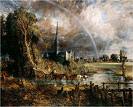

The Hay Wain Constable
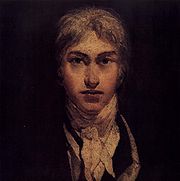
J.M.W.Turner
http://en.wikipedia.org/wiki/J._M._W._Turner
Joseph Mallord William Turner RA (23 April 1775[1] – 19 December 1851) was an English Romantic landscape painter, watercolourist and printmaker, whose style is said to have laid the foundation for Impressionism. Turner was considered a controversial figure in his day, but is now regarded as the artist who elevated landscape painting to an eminence rivalling history painting.[2] Although renowned for his oil paintings, Turner is also one of the greatest masters of British watercolour landscape painting. He is commonly known as "the painter of light
He entered the Royal Academy of Art schools in 1789, when he was only 14 years old,[6] and was accepted into the academy a year later. Sir Joshua Reynolds, president of the Royal Academy at the time, chaired the panel that admitted him. At first Turner showed a keen interest in architecture but was advised to continue painting by the architect Thomas Hardwick (junior). A watercolour of Turner's was accepted for the Summer Exhibition of 1790 after only one year's study. He exhibited his first oil painting in 1796, Fishermen at Sea, and thereafter exhibited at the academy nearly every year for the rest of his life.
One of his most famous oil paintings is The fighting Temeraire tugged to her last berth to be broken up, painted in 1838, which hangs in the National Gallery, London. See also The Golden Bough.
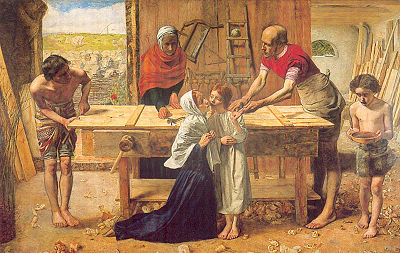
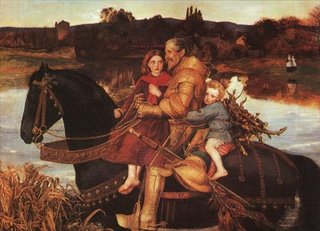
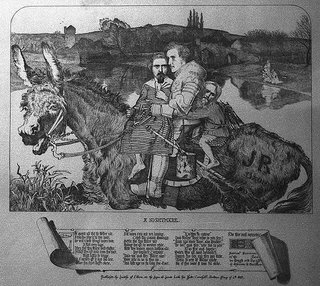
TITLE DEED
ROYAL ICING
Royal icing is a hard white icing, made from softly beaten egg whites, icing sugar (powdered sugar), and sometimes lemon or lime juice. It is used on Christmas cake, wedding cakes, gingerbread houses and many other cakes and biscuits, either as a smooth covering like marzipan, or in sharp peaks. Glycerine is occasionally added to prevent the icing from setting too hard.
TITLE DEED
ROYALTY
Royalties can be determined as a percentage of gross or net sales derived from use of the asset or a fixed price per unit sold. but there are also other modes and metrics of compensation. A royalty interest is the right to collect a stream of future royalty payments, often used in the oil industry and music industry to describe a percentage ownership of future production or revenues from a given leasehold, which may be divested from the original owner of the asset.[8]
A license agreement defines the terms under which a resource or property such as petroleum, minerals, patents, trademarks, and copyrights are licensed
by one party to another, either without restriction or subject to a
limitation on term, business or geographic territory, type of product,
etc. License agreements can be regulated, particularly where a
government is the resource owner, or they can be private contracts that
follow a general structure. However, certain types of franchise agreements have comparable provisions.
Easter Eggs
On the back of the original copies of the (Constable or Turners) in the Queen's portrait gallery collection is a round stamp applied by the artist prior to applying a signature. The original seals were steel, until the steel stamp used was stolen, leading to a suspicion of fraudulent intent. Subsequently a replacement was made of rubber, and this was the first application of this process, leading to two claims of original ownership.
more about Easter brand
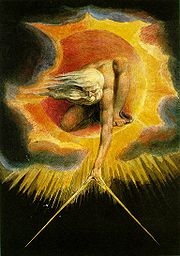
The Ancient of Days Blake
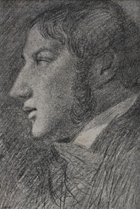
John Constable
http://en.wikipedia.org/wiki/John_Constable
His most famous paintings include Dedham Vale of 1802 and The Hay Wain of 1821.
Although his paintings are now among the most popular and valuable in British art, he was never financially successful and did not become a member of the establishment until he was elected to the Royal Academy at the age of 52.
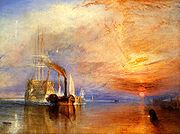
It depicts one of the last second-rate ships of the line which played a distinguished role in the Battle of Trafalgar in 1805, the 98-gun ship HMS Temeraire, being towed towards its final berth in East London in 1838 to be broken up for scrap.
Symbolism
The composition of this painting is unusual in that the most significant object, the old warship, is positioned well to the left of the painting, where it rises in stately splendour and almost ghostlike colours against a triangle of blue sky and rising mist that throws it into relief. The beauty of the old ship is in stark contrast to the dirty blackened tugboat with its tall smokestack, which scurries across the still surface of the river "like a water beetle".[citation needed]
Turner has used the triangle of blue to frame a second triangle of masted ships, which progressively decrease in size as they become more distant. Temeraire and tugboat have passed a small river craft with its gaff-rigged sail barely catching a breeze. Beyond this a square-rigger drifts, with every bit of sail extended. Another small craft shows as a patch of white further down the river. In the far distance, beyond the second tugboat which makes its way towards them, a three-masted ship rides at anchor.
On the opposite side of the painting to Temeraire, and exactly the same distance from the frame as the ship's main mast, the sun sets above the estuary, its rays extending into the clouds above it, and across the surface of the water. The flaming red of the clouds is reflected in the river. It exactly repeats the colour of the smoke which pours from the funnel of the tugboat. The sun setting symbolises the end of an epoch in British Naval history. (Venning, 2003)
Behind Temeraire, a gleaming sliver of the waxing moon casts a silvery beam across the ocean, symbolising the commencement of the new, industrial era.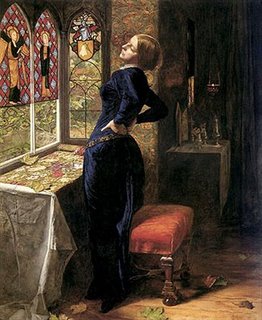
The Pre-Raphaelite Brotherhood (also known as the Pre-Raphaelites) was a group of English painters, poets, and critics, founded in 1848 by William Holman Hunt, John Everett Millais and Dante Gabriel Rossetti. The three founders were soon joined by William Michael Rossetti, James Collinson, Frederic George Stephens and Thomas Woolner to form a seven member "brotherhood".
The group's intention was to reform art by rejecting what they considered to be the mechanistic approach first adopted by the Mannerist artists who succeeded Raphael and Michelangel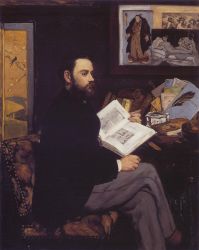
This portrait of Zola is essentially a Japanese work, achieved with the aid of exotic props, and more signficantly, by its pictorial organization. The shallow space, silhouetted figured, and strong decorative elements of repeated flat shapes and rectangles parallel the painting's edge
It is also a statement of Manet's eclecticism: Japan and Spain appear together (represented by Kuniaki's Wrestler, above and Velazquez's Little Cavaliers), framed above the desk, and joined by Manet's Olympia, itself a hybrid of old and new. The open book is Manet's copy of Blanc's Histoire des Peintures- a valuable source of older art for Manet"
www.mystudios.com/manet/1860/manet-zola-1868-info.html
In fact this is not a picture of "Kuniak's Wrestler" it is a portrait of Masunaga (Son of my mother) (Hidetoshi), Japan's top Samuari.
Manet uses his own signature to "double" as that of Zola, who is reading one of his own books. Artists speculated that a signature was worth as much as the rest of the painting, and so would put equal work into it.
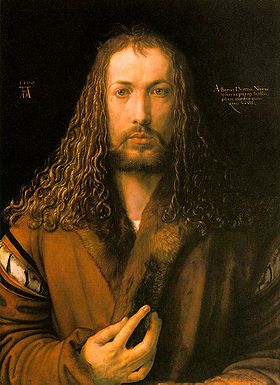
Self Portrait (1500) by Albrecht Durer
21 May 1471 - 16 April 1528 (Aged 56)
wikipedia.org/wiki/File:Durer_self_portarit_28.jpghttp://en.wikipedia.org/wiki/Albrecht_BCrer

Vincent Van Gogh
Vincent Willem van Gogh (30 March 1853 – 29 July 1890) was a Dutch Post-Impressionist artist. [1] Some of his paintings are now among the world's best known, most popular and expensive works of art.http://en.wikipedia.org/wiki/Vincent_van_Gogh
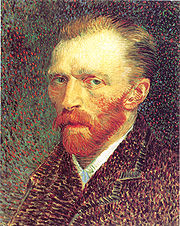
Self portrait Van Gogh

Malcolm baker - Oil
Mobil
http://www.exxonmobil.com/corporate/Oil company with a patent on 100 octane petrol, and ZSM5 a catalyst which turns methanol into petrol.
http://en.wikipedia.org/wiki/ZSM-5("ZSM-5 (structure type MFI) is an aluminosilicate zeolite mineral belonging to the pentasil family of zeolites. Its chemical formula is NanAlnSi96-nO192•16H2O (0<n<27). Patented by Mobil Oil Company in 1975, it is widely used in the petroleum industry as a heterogeneous catalyst for hydrocarbon isomerization reactions.")
http://en.wikipedia.org/wiki/Category:Aromatic_compounds
Petrol companies were forced to remove Benzine from petrol because it is a known carcinogen and also leads to retarded growth development in infant brains. They were forced to use Mobil's patents and pay royalties to the company for the use of them.
http://en.wikipedia.org/wiki/Benzene
Benzine is a five carbon ring molecule, rather than petrol's eight carbon ring formula, giving rise to the "octane" name.
Record Profits
January 30, 2009: 11:44 AM ET
Exxon Mobil reported the largest annual profit in U.S. history Friday, making $45.22 billion on the back of record oil prices.
money.cnn.com/2009/01/30/news/companies/exxon_earnings/
Mobil is now turning to fine art as a way of protecting some of its huge profits from inflation.
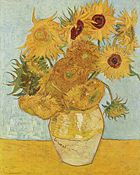
Sunflowers
The Mitsubishi Bank purchased the Van Gogh Sunflowers painting for a record price of $100 million.
The Bank of Tokyo-Mitsubishi UFJ, Ltd.
(, Kabushiki-gaisha Mitsubishi Tōkyō UFJ Ginkō?), or BTMU, is a Japanese bank that was established on January 1, 2006, with the merger of The Bank of Tokyo-Mitsubishi, Ltd. and UFJ Bank Limited. The bank serves as the core retail and commercial banking arm of the Mitsubishi UFJ Financial Group.
The Bank of Tokyo-Mitsubishi UFJ is the second largest bank measured by assets in the world.
"This image (or other media file) is in the public domain because its copyright has expired.
This applies to the United States, Australia, the European Union and those countries with a copyright term of life of the author plus 70 years."
No, copyright does not expire, it is "inherited. Property can be transferred as a gift, Christmas present, in a will, or sold.